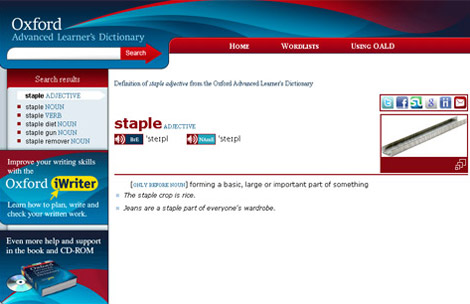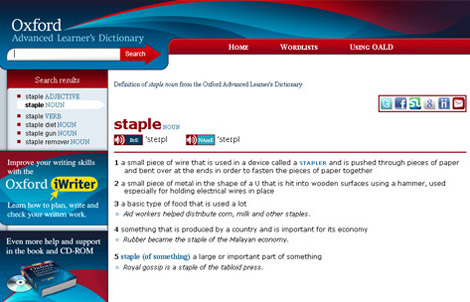The Poke (“time well wasted”) posted this collection of hilarious passive-aggressive office notes:
Passive Aggressive Office Notes That Are So Good You Can’t Even Be Mad
There’s so much you can do with posts like this.
- Vocabulary
- Ask students which vocabulary items they managed to guess from context.
- Identify the source of humour in the notes with homophones (date, check, spoil, alarm).
- Highlight vocabulary items by asking students to find them after being given definitions.
- Draw attention to useful phrases and collocations and follow up with fill-the-gap or other type exercises (suggested phrases: be easily scared, thumbstack, sticky note, a Fortune 500 company, a lemonade stand, trip fuse, in the greater scheme of things, under any circumstances ever).
- Group or small group discusion; possible discussion questions:
- What does passive-aggressive mean?
- Do you know anyone who’s frequently passive-aggressive?
- Have you ever acted passive-aggressively? When? Why?
- How do you react when you encounter passive-aggressive behaviour?
- Writing
- Students write their own responses to notes of their choice.
- Students write the (imaginary) background story of a note they choose.
- Grammar
- “Grammar police” (somehow I hesitate to use the phrase “grammar nazi” in a teaching context): ask students whether they can spot any language mistakes.
- Ask students to try and rephrase some of the notes so that they sound nicer (if that’s at all possible – discuss if not; works with advanced students only)
Of course I realise these ideas are far from revolutionary or terribly original; I just decided to include them because I’ve often been asked when sharing similar links how I mean to use them in teaching. I’m sure those who asked are perfectly able to come up with their own suggestions but were probably interested in my take on the issue – so here we go.
Please fee free to use or discard any of the tips above; at the same time, I’d be keen to hear your ideas – please comment below.
 Students come to the first English lesson of the new school year expecting the inevitable: the teacher asking them about their summer holidays. Justifiably, they’re bored with it. Here’s a twist to liven up this old routine:
Students come to the first English lesson of the new school year expecting the inevitable: the teacher asking them about their summer holidays. Justifiably, they’re bored with it. Here’s a twist to liven up this old routine:


